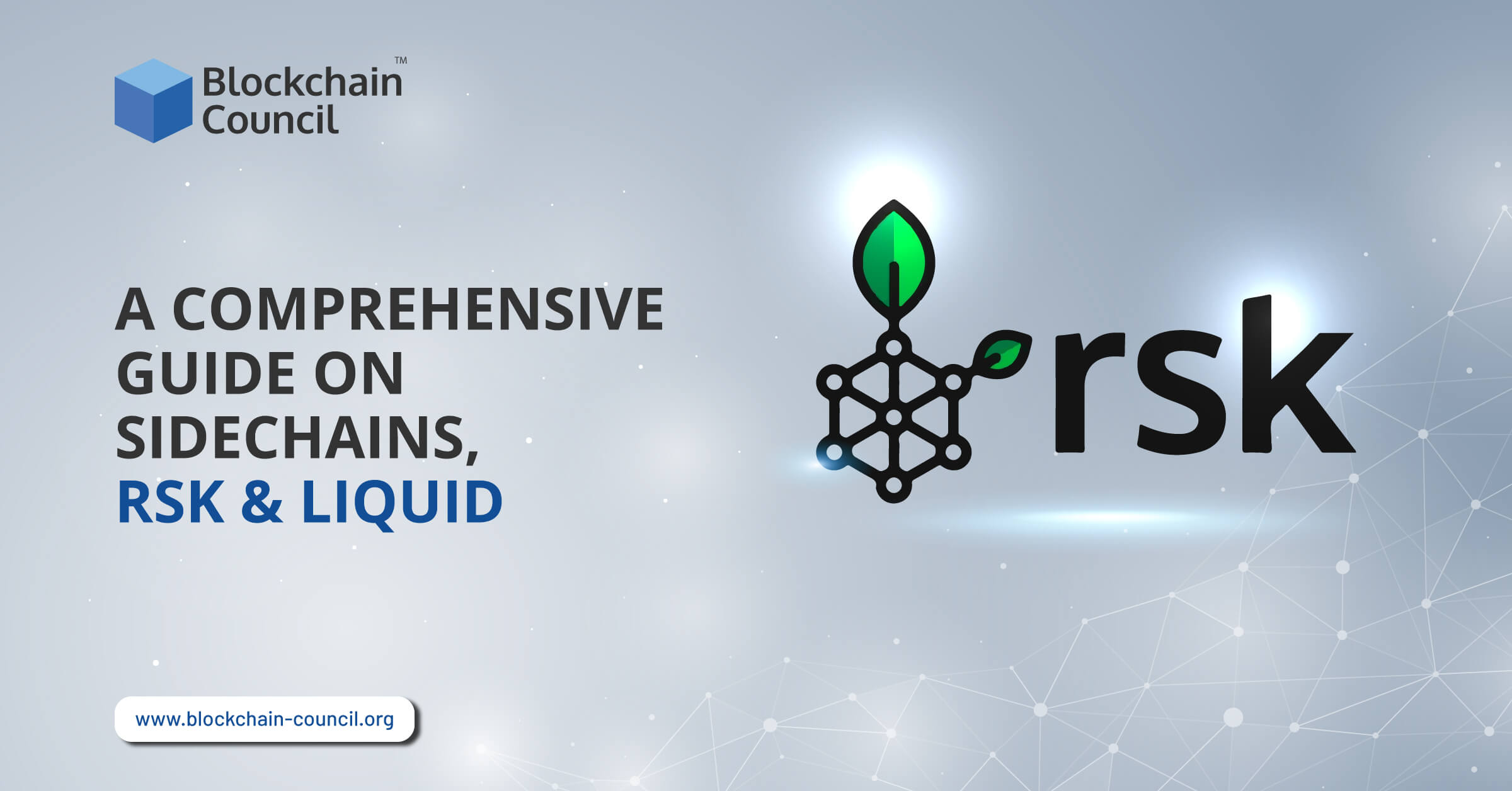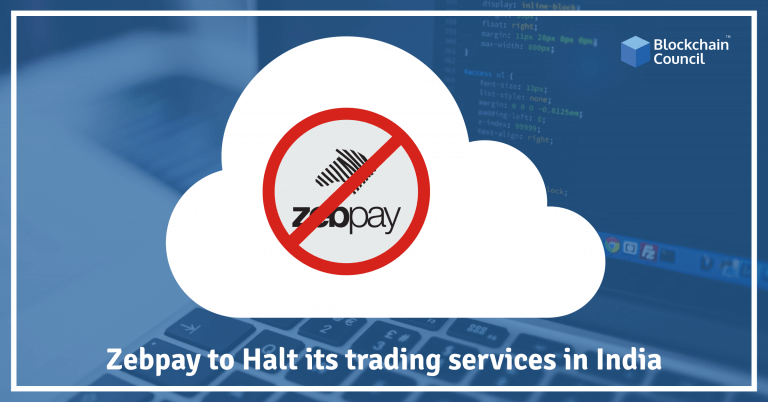
- Toshendra Kumar Sharma
- May 29, 2020
If you are looking at how sidechains works, you have landed on the right page. The article illustrates the concept of sidechains, explaining the two most popular ones running on Bitcoin’s Blockchain, i.e., RSK and Liquid.
Learning Of Blog
- Introduction
- Detailing sidechains
- The concept of RSK
- What is Liquid?
- Conclusion
Introduction
Blockchain, a distributed ledger technology, is emerging at an alarming rate, but its speed and scalability are the two major factors that are making this technology very challenging. But still, blockchain is desirable because of its immutability, transparency, and security reasons. Sidechains are the emerging mechanisms that are trying to make blockchain more scalable and efficient. This mechanism allows the tokens and other digital assets from one blockchain to be securely used in another blockchain and then be moved back to the original blockchain when required.
There are various sidechains projects that blockchain developers should know. Here, we will describe the two most commonly used sidechains that are RSK &Liquid.
If you are curious to learn more about blockchain and become a certified blockchain expert, check out the best blockchain certification course available.
Detailing Sidechains
The sidechain mechanism holds tremendous potential to enhance the capabilities of existing blockchains. It is a separate blockchain that is attached to its parent blockchain using a two-way peg, which makes this whole process reversible. In this entire process, blockchain is referred to as the main chain, while all additional blockchains are referred to be sidechains.
What are the benefits of using sidechains? Let’s answer this question.
- The foremost benefit of using sidechains is that it allows new and potentially unstable software to get deployed and tested on a sidechain. If in case, the software causes harm to the blockchain, the damage is contained within the sidechain.
- Secondly, the ability to have a faster mainchain, as transactions can take place on either of the sidechains. If developers are dissatisfied with the costs and transaction speed of the mainchain, they can deploy their Dapps (decentralized apps) on one of the sidechains.
- Third, sidechains can lessen the burden of mainchain, as it can store data and process transactions, thus, maintaining the integrity of the mainchain while making it smaller and faster.
But what about sidechains security?
Sidechains are solely responsible for their security, and if there isn’t enough mining power to secure a sidechain, it could be hacked. But since each sidechain is independent of each other, if it is compromised, the damage will be contained within that chain and will not affect the parent chain.
Now, as we have understood the concept of sidechains, let’s explore the two most popular sidechains running on bitcoin’s platform.
The Concept of RSK
RSK (known as Rootstock) was born to be compatible with Ethereum’s applications but using bitcoin as the underlying cryptocurrency.
RSK has created an open-source testnet called as ‘Ginger’ for its sidechains. It has a two-way peg with the Bitcoin blockchain and rewards Bitcoin miners via merged mining with the basic idea behind the creation to give the Bitcoin blockchain smart contract functionalities and make payments process faster.
In simple words, we can say, Rootstock is a combination of:
- Turing-complete resource-accounted deterministic virtual machine compatible with the Ethereum’s EVM.
- A two-way pegged Bitcoin sidechain.
- A SHA256D merge-mining consensus protocol.
One of the most noticeable aspects of RSK is its focus on security, using monetary bounties to help appeal to developers, hackers, and security professionals to recognize vulnerabilities so the system can improve overall security for its various stakeholders.
Want to take your career in blockchain space? Wait no more, check out the best Blockchain certifications here.
What is Liquid?
The liquid is a sidechain-based settlement network used in traders and exchanges that enables faster, more confidential Bitcoin transactions and provides issuance of digital assets as well. It is built on the Elements code-base and uses block streams federation technology to support the one-to-one exchange of bitcoin between chains.
This sidechain enables the rapid, confidential, and secure transfer of funds between parties, providing a viable solution to the underlying problem of delayed transaction finality on the Bitcoin network.
- Liquid enables faster trading, i.e., almost instant bitcoin transfers between exchanges to allow users to take benefit of computer-assisted trading opportunities.
- Offers enhanced efficiency; thus, market makers can improve their capital efficiency by reducing balances held across multiple exchanges.
- Liquid supports confidential transactions for bitcoin amounts as they are transferred between users in the system, which protects users from exposure.
- When it comes to reliability, liquid software is highly reliable. Liquid’s blocks are programmed to be one-minute apart, making it remarkably secure.
Conclusion
Sidechains are undoubtedly the most critical innovations in the crypto space. But there are few drawbacks associated with sidechains as well. The emergence of sidechains makes things even more complex and much difficult to understand, especially for those who are not actively involved in the blockchain domain. All things considered, sidechains look challenging, but if correctly implemented, it is capable of solving some of the current blockchain problems.
To get instant updates about Blockchain Technology and to learn more about online blockchain certifications and become a blockchain expert, check out Blockchain Council.





































































 Guides
Guides News
News Blockchain
Blockchain Cryptocurrency
& Digital Assets
Cryptocurrency
& Digital Assets Web3
Web3 Metaverse & NFTs
Metaverse & NFTs
